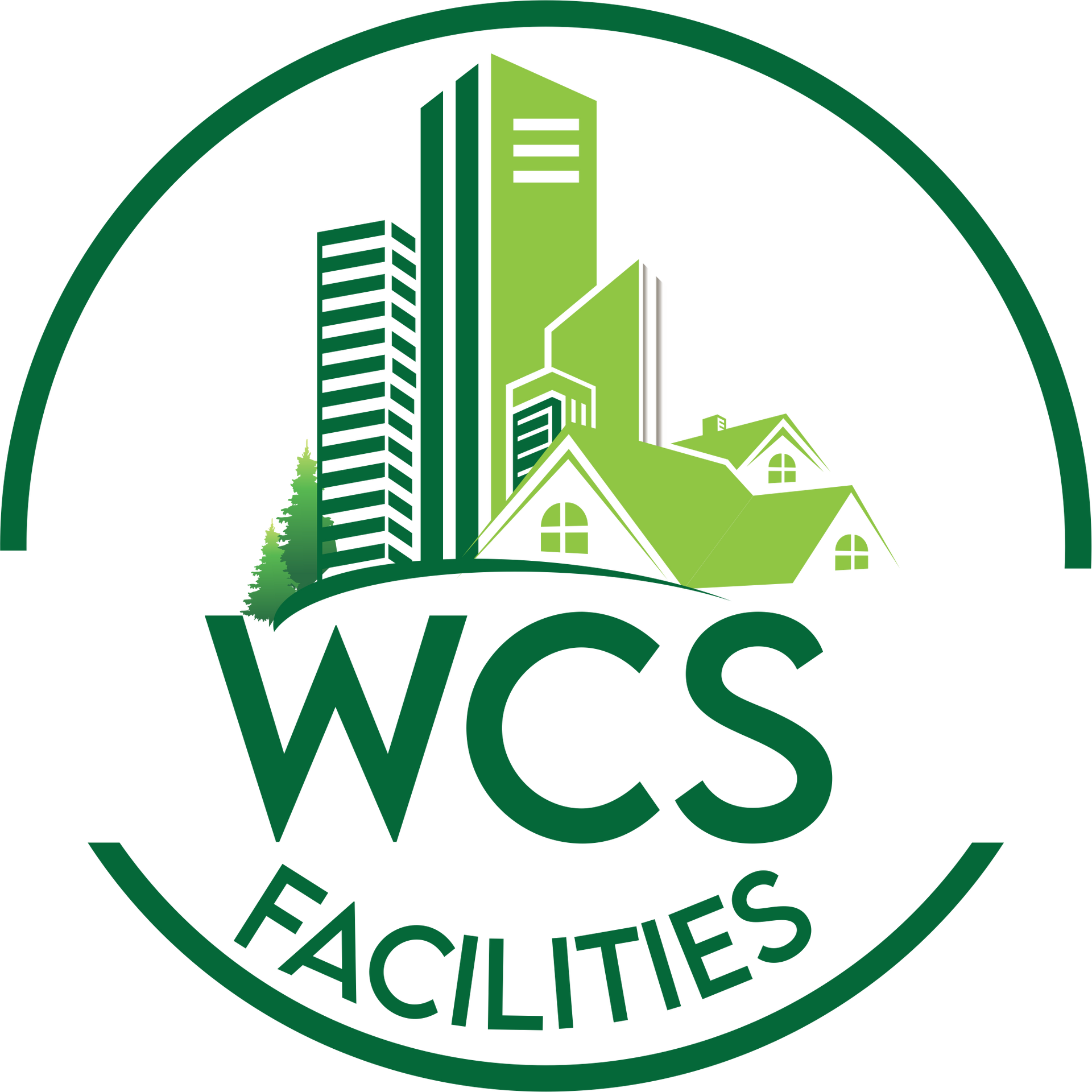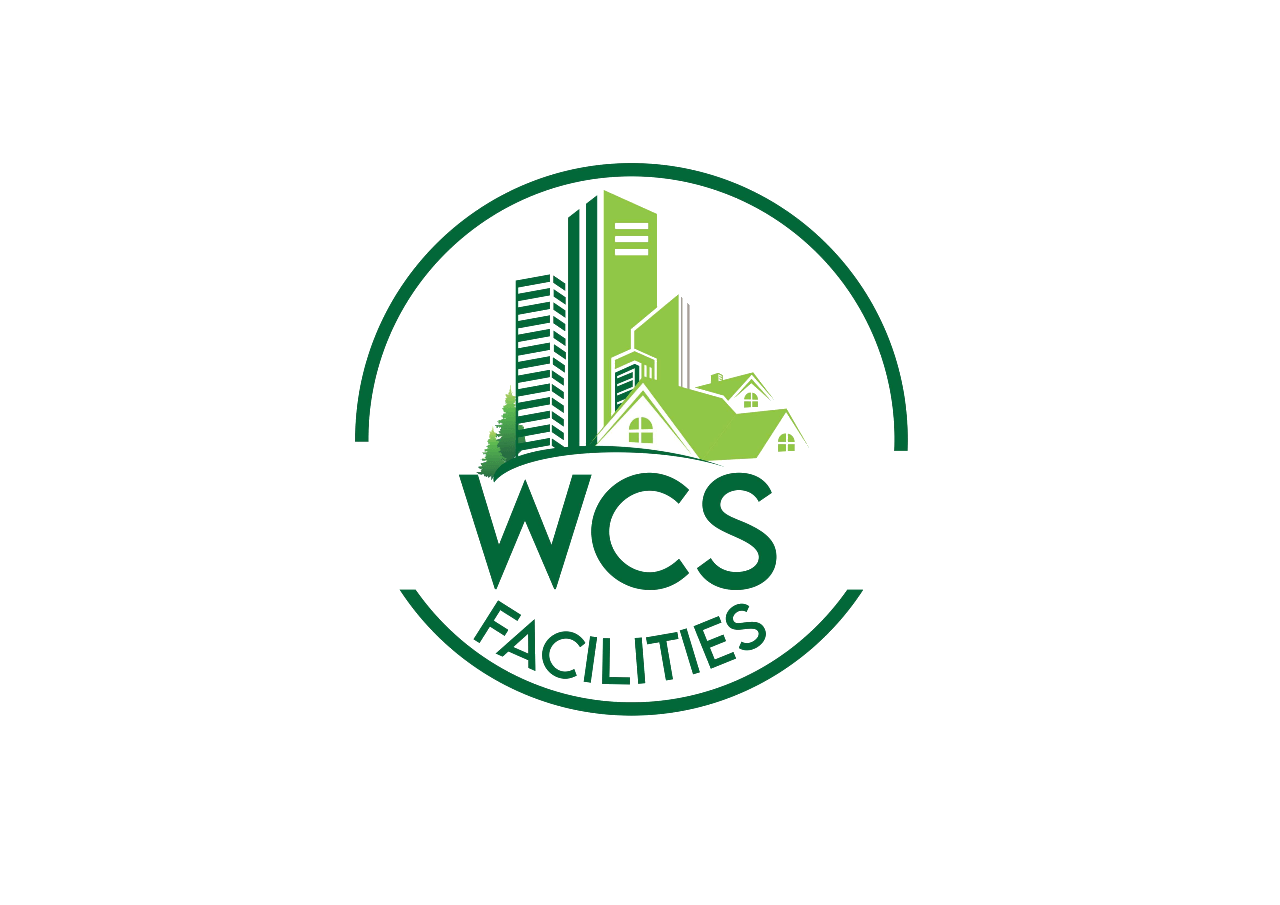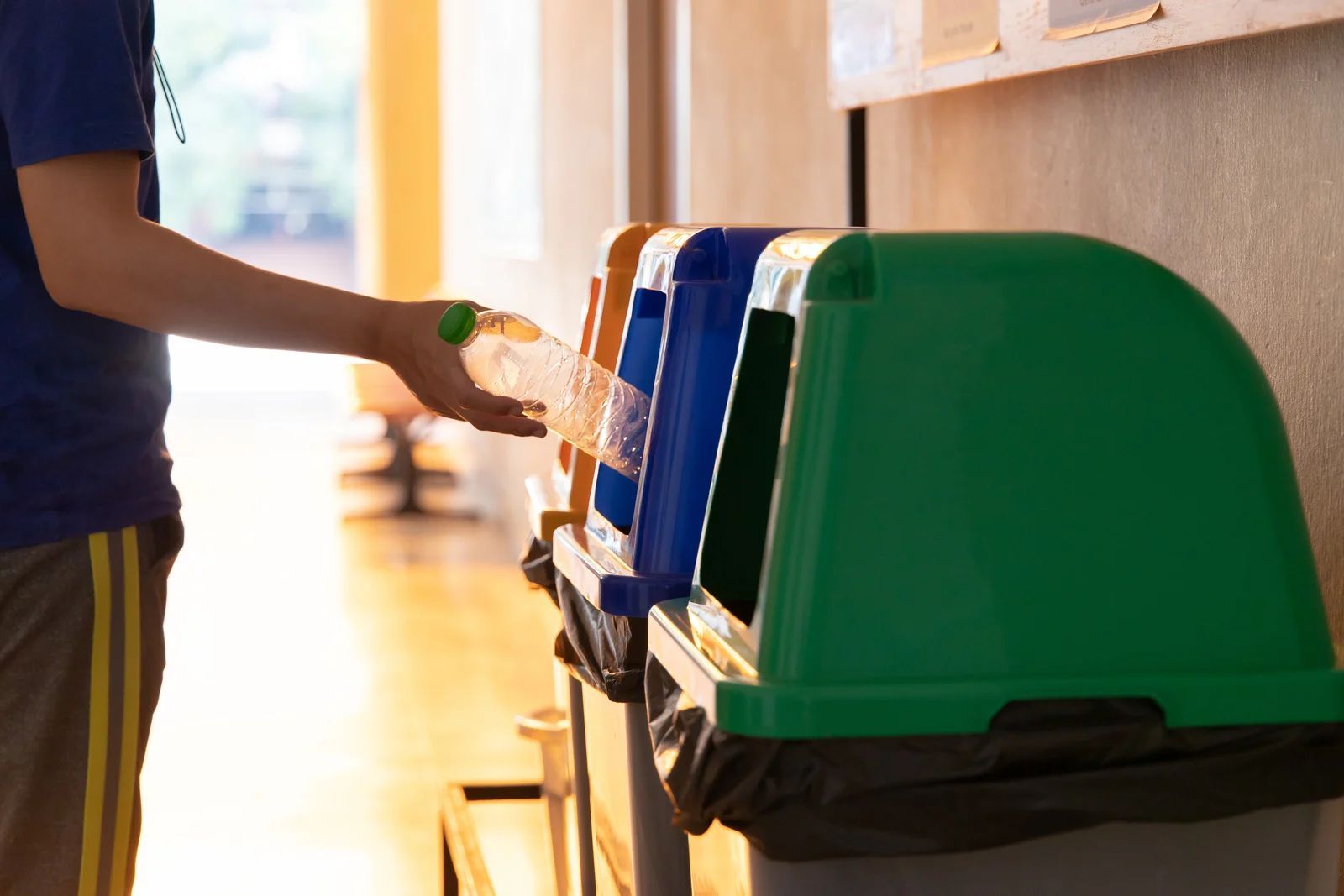If you're like most people, you don't give much thought to your garbage can. You take it for granted as a necessary part of your waste management routine. However, if your garbage can is damaged, broken, or simply needs to be more significant for your needs, it can quickly become a source of frustration. Here's a step-by-step guide to requesting new garbage cans from waste management services.
Check Your Service Agreement
Before you request a new garbage can from your waste management services provider, it's essential to check your service agreement. For example, some companies charge a fee for replacing damaged or lost garbage cans, while others provide them free of charge. Additionally, you may be limited to a specific number of cans per household or business. Knowing these details upfront will help you avoid surprises later on.
Gather Your Information
When you're ready to request a new garbage can, you'll need to provide some basic information to your waste management services provider. This may include your name, address, phone number, and account number. You may also need to provide information about your current garbage cans, such as their size and why you need a new one.
Contact Your Waste Management Services Provider
Once you have your information gathered, it's time to contact your waste management services provider. Most companies offer several ways to request a new garbage can, including phone, email, and online forms. Choose the method that's most convenient for you.
If you're calling your waste management services provider, be prepared to provide the information you gathered in Step 2. The representative you speak with will likely ask you why you need a new garbage can and what size you need. They may also ask if your current garbage can is damaged or broken.
If you're using an online form or email to request, a new garbage can provide all the requested information. In addition, you may need to attach a photo of your current garbage can if it's damaged or broken.






